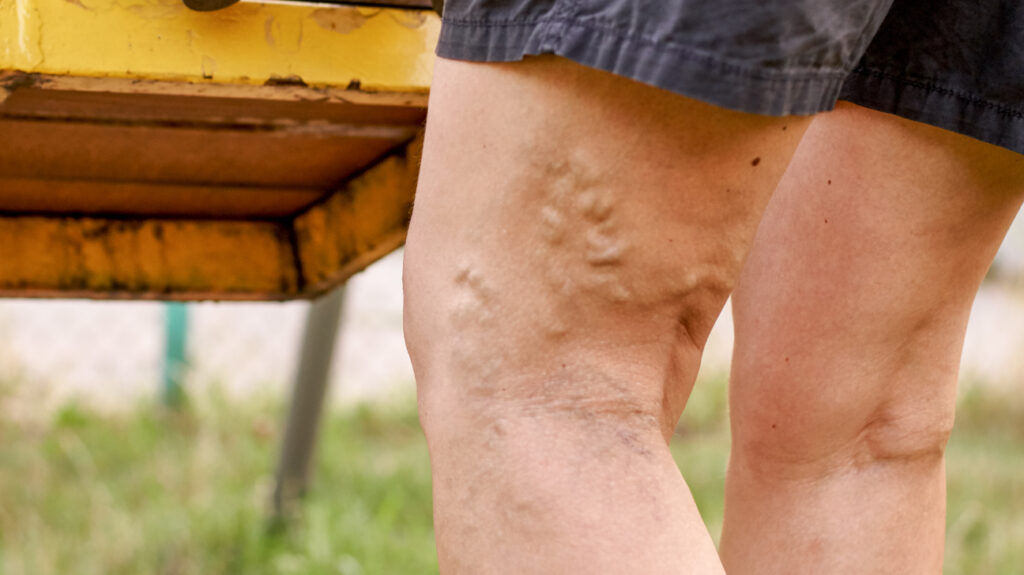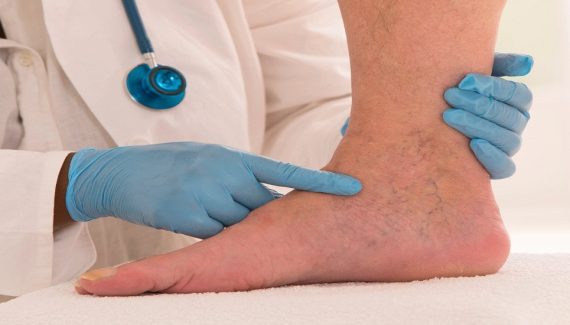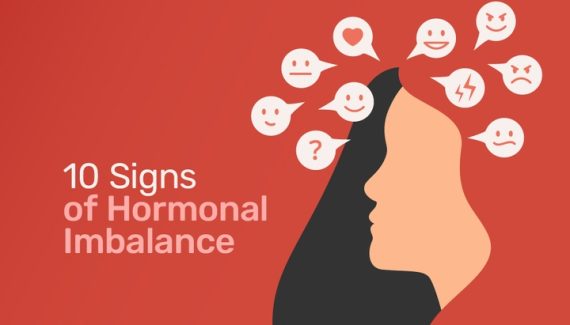At the early stage of varicose vein development, they are often painless and may not be noticed by the victim. Varicose veins are more common in people who have occupations that require them to stand for long periods of time. Varicose veins are caused by many factors, including genetics and age. They can also be caused by other medical conditions such as pregnancy, obesity, and sitting for long periods of time.

Image Source: medicalnewstoday
Contents
How to Identify Varicose Veins
There are many early ways to identify varicose veins. The most common symptom is the feeling of heaviness or aching in the legs. You may also have a burning sensation or cramping pain in your calves when you stand up from sitting for long periods of time.
Varicose veins are a common problem for many people. It is not a serious health issue, but it can be very uncomfortable and embarrassing. If you have varicose veins, you may have noticed that they look like blue or purple streaks on your skin.
5 Early Stage Varicose Veins Symptoms
The early stage of varicose veins is when you start noticing changes like spider-like lines on the skin and swelling under the skin. These changes are usually painless and don’t cause any discomfort. Varicose veins are the result of a malfunction in the valves of the veins in your legs. These valves are responsible for keeping blood flowing toward your heart. When they don’t work properly, blood pools in your legs and causes varicose veins.
There are five early stages of varicose veins:
1) Spider veins:
These small, red, or purple lines on the skin surface appear when varicose veins have enlarged to a certain size but haven’t yet reached their final stage.
2) Threads or cords:
These are visible as lines or strands under the skin surface that can be seen by others when you wear tight clothes.
3) Swollen legs:
This is when you see large bulges on either leg because of increased pressure from blood pooling.
4) Lumpy legs:
This is when varicose vein tissue has accumulated and caused swelling that is visible through the skin and sometimes painful to the touch.
5) Vein bridges:
These are the final stage before varicose veins become visible through the skin and require treatment. The appendicular veins are located closer to the surface than those in other parts of the body. This makes them easy targets for varicose vein-related complications as they are exposed to external elements such as sun, wind, and friction from clothing fibers.
Beginning of Varicose Veins Start (Early Symptoms)
- Swelling or thickening of the skin near the vein.
- Painless enlargement of one or more veins.
- Discomfort in the leg, usually in the calf, thigh, or buttocks.
- A feeling of heaviness in the legs and difficulty walking or standing for long periods.
- Painful swelling on both sides of the lower leg (a condition known as bilateral varicose veins).
Varicose Vein Treatment Options
There are many options for treating varicose veins:
The most common form of treatment for varicose veins is the minimally invasive procedure known as endovenous ablation. This procedure removes the vein with radio frequency waves. It’s a quick, painless, and effective way to treat varicose veins.
Another common treatment for varicose veins is sclerotherapy. This is a procedure where a doctor injects a chemical into the vein to shrink it over time.
Another option is surgery to remove the vein altogether. There are two types of surgery – one that removes only the part of the vein that is causing problems and another that removes all of the veins from your leg.
Also Read: When to Worry About Varicose Veins
Conclusion: Treat Your Varicose Veins Today!
There are many different treatment options available for Varicose Veins, and it is important to find the one that best suits your needs.
No matter what the cause of your varicose veins is, it is important to get them treated. “Treating your Varicose Veins will help you avoid the symptoms associated with it. The best way to treat your varicocele is by visiting your doctor.”
If you have any questions about this article or about varicose veins in general, please do not hesitate to contact a medical professional.
Post You May Like:


